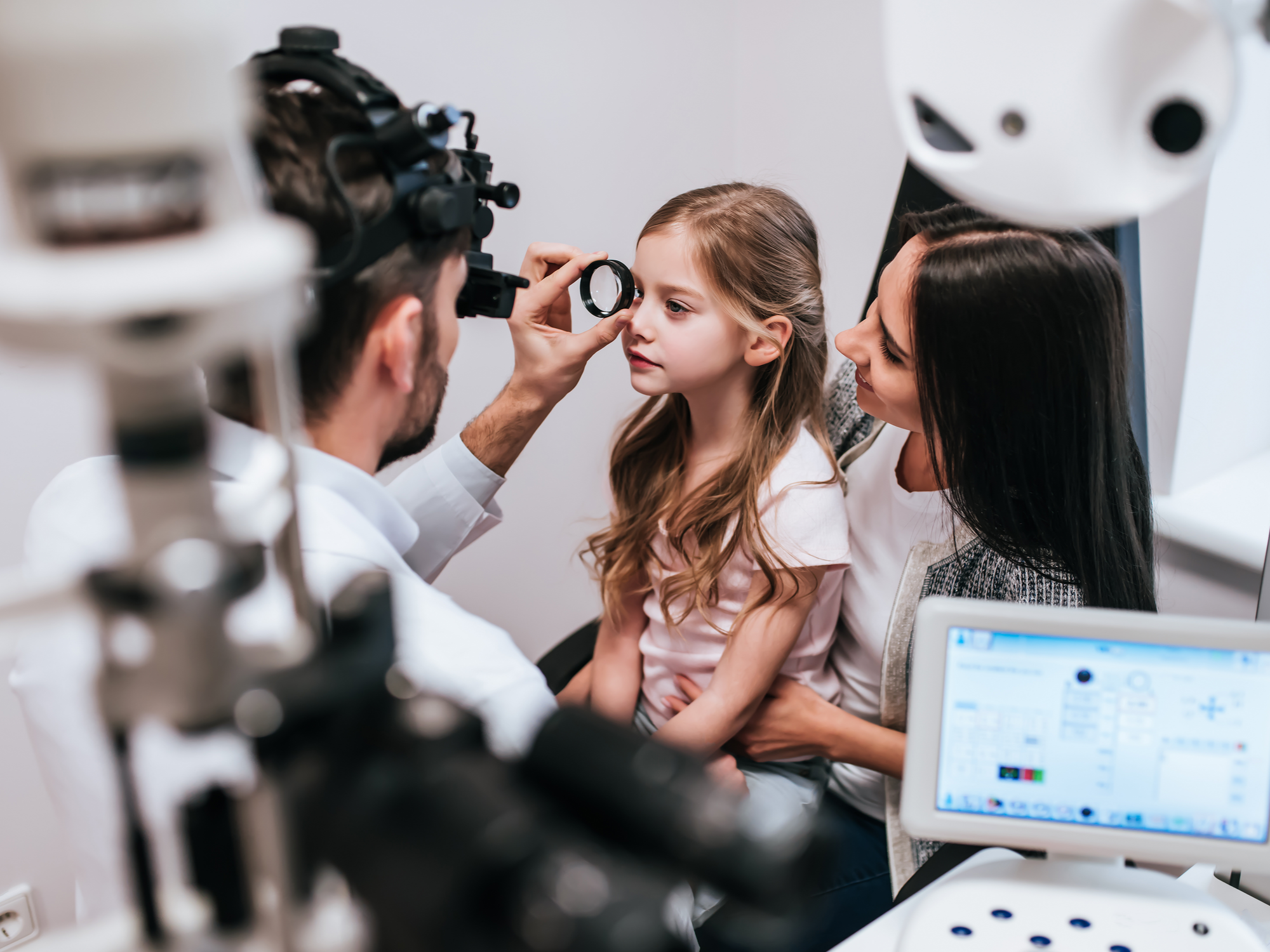
Multifocal contact lenses are typically used to improve the near vision of patients over the age of 40 and who are starting to develop presbyopia – a problem caused by the hardening and subsequent inflexibility of the natural lens of the eye. However, multifocal lenses have also been found to be extremely effective in helping to slow the progression of myopia.
Myopia is the most common refractive eye problem in the world. Also known as nearsightedness, myopia occurs when patients can see nearby objects like a book or the screen of their cell phone with no problem, but things that are further away appear blurred. Generally, the greater the distance, the blurrier the object appears. Myopia is normally caused by the eyeball growing too long for the focusing power of the natural lens of the eye, and it’s a progressive condition meaning that it does and will get worse without treatment.
Although it can start at any age, studies have found that an increasing number of children are being affected by myopia. This is thought to be a combination of rapid growth, more time spent indoors and the extensive use of digital devices. The trouble is that when myopia is left unchecked, prescriptions needed to correct patient vision can become very high. Research has found that people with high myopia experience a range of issues. Not only can it make their prescription more expensive and potentially limit their choice of materials used, but high myopia has also been linked to serious eye complications including glaucoma, macular degeneration, and retinal detachment.
How do multifocal contact lenses work?
Unlike single vision contact lenses, multifocal varieties have two basic sections for focusing light. The center part of the lens focuses light directly onto the retina, correcting nearsightedness so that distance vision is clear. Meanwhile, the outer part of the lens adds focusing power to bring peripheral light into focus in front of the retina – something which has been shown to slow growth. The higher the power added, the further in front of the retina it focuses peripheral light, keeping eye growth firmly under control.
Can children wear contact lenses?
Although contact lenses aren’t especially commonly worn in children, there is often no reason why a child as young as 7 or 8 years old can’t wear them. According to clinical trials funded by the National Eye Institute, wearing multifocal contact lenses can significantly slow the progression of myopia in children.
Your eye doctor will assess your child’s suitability for contact lenses and recommend the perfect variety of multifocal lenses for their specific needs. They will be able to ‘try out’ a non-prescription lens to see how well they can handle the insertion and removal processes. Although it can take some time for children to adapt to wearing contact lenses, most adjust fairly quickly and enjoy the benefits associated with choosing contacts over conventional glasses. These include no impact on their appearance and the freedom to take part in most sports without worrying about glasses being damaged.
You can find out more about how multifocal contact lenses can help to treat myopia in kids by speaking to our dedicated eyecare team today. Call Korb & Associates at our office in Boston, MA at 617-322-0534 to schedule an appointment.










